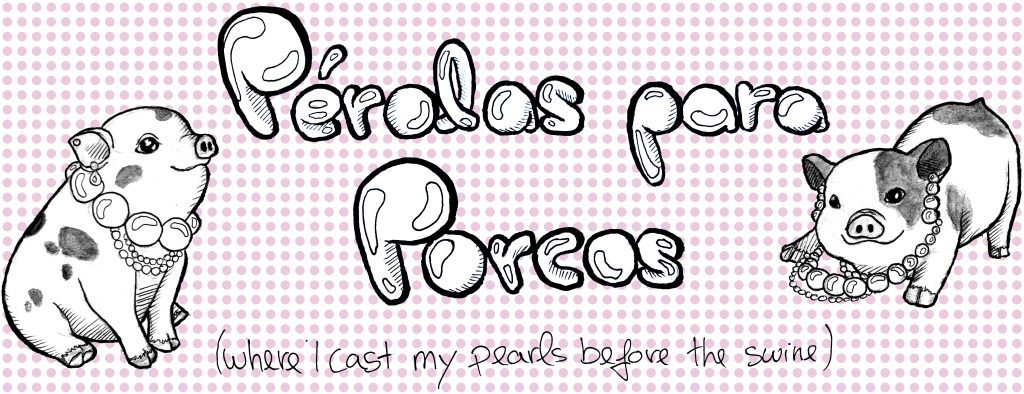Although I would love to live and work as an independent animator, the reality is that it will take an indefinite amount of time for me to be able to make a living as such. Even when one day I will be able to get paid for my own creative projects, this won’t be something that will happen that often nor constantly in the future, in other words, it’s definitely not a financially stable career. In addition, with the end of my final project, it’s quite apparent to me that I still have a lot of basic level animation related subjects to learn, especially when it comes to planning, production process and post-production editing.
Preferably I would like to work as a director, or even as a director assistant, where I could probably do some research and experimentation, but I don’t think that’s very common in the early stages of an animation career. Alternatively, and similarly to my fashion background, where I feel the most confident, comfortable and creatively stimulated is in the atelier creating, and I would especially love working in the making of puppets of all kinds, as well as sets and props. I also really enjoy the early stages of an animation project, especially storyboarding which is a job that could even intersect with other entertainment industries like live-action and video games. But overall if I could choose which kind of studio I would like to work for, it would certainly be stop-motion studios.


In London there’s Nexus Studios which is currently one of the most popular animation studios and they have worked on a lot of exciting stop-motion projects, including “The House”, and there’s also A+C Studios which focus mainly on stop-motion techniques and they’ve worked on Ida Melum’s “Night of the Living Dread”. Outside of London, there’s obviously Aardman Studios in Bristol, who are world famous for their clay puppet animation, especially for making “Wallace and Gromit” and “Chicken Run”. In Lisbon, Portugal, there’s a relatively new animation studio called Sardinha em Lata and they have just finished the first ever Portuguese stop-motion feature film called “My Grandfather’s Demons” directed by Nuno Beato.

Even though I would love to have some experience in the animation industry, I’m aware of how intense the work-load can be and how it doesn’t feel that rewarding to work on commercial projects, which unfortunately are the ones that pay most of our salaries. For that reason, I also think teaching could be a really interesting possibility for me, especially having already had some experience teaching English in Portugal. Education is something I became very passionate about, especially because it feels so rewarding to enable others to reach their full potential and it also can work very well in tandem with an independent filmmaker career. I really enjoy doing research, speaking in front of an audience and giving advice, and on top of that, if I learned something doing this final project is that is much more fun (and probably healthier) to be creative together with other people than on our own, in this case with students and peers who would inspire me every day.
